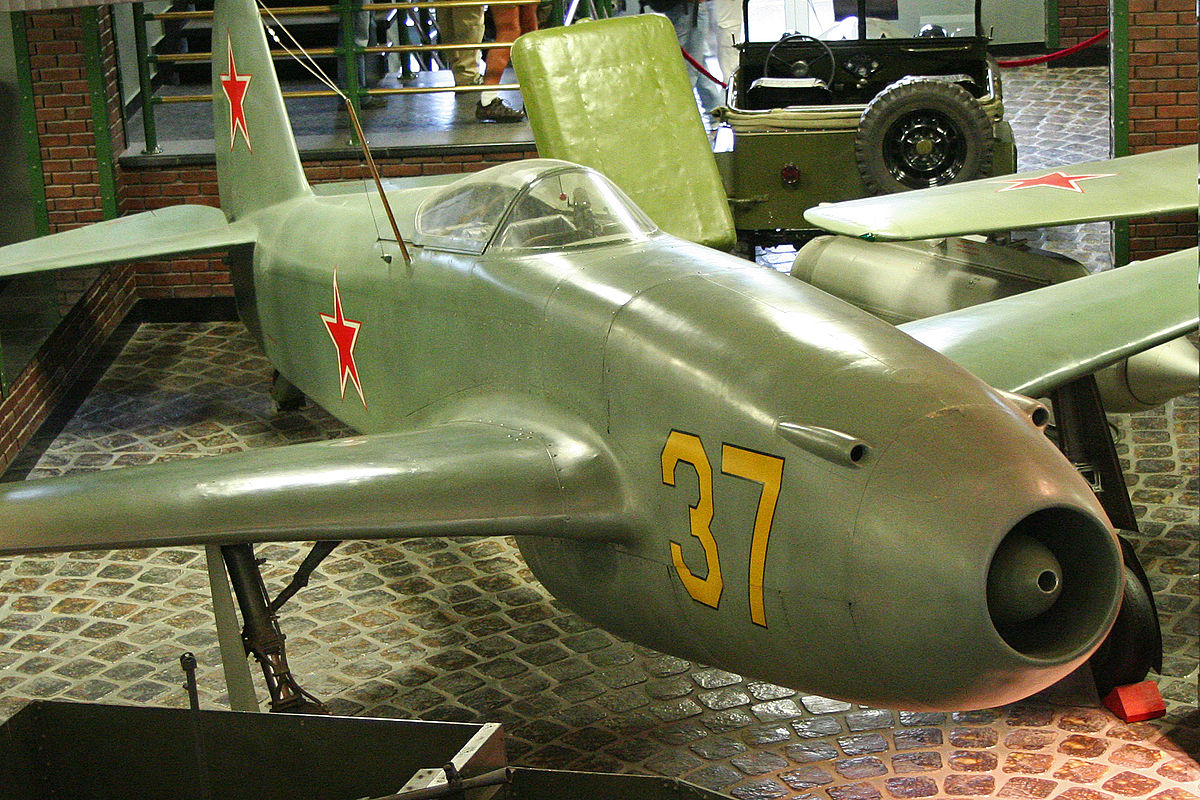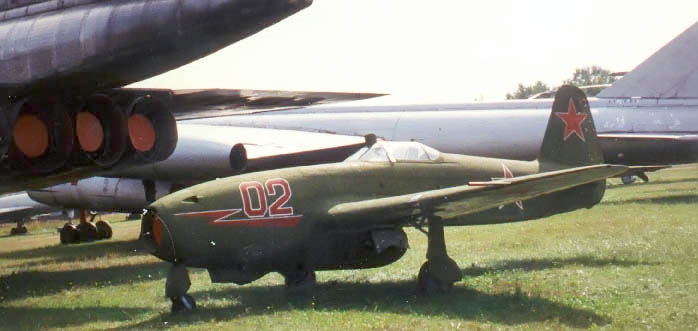BarnOwlLover
Staff Sergeant
OK, now I'm a bit confused given the info in this post:
 ww2aircraft.net
ww2aircraft.net
I wonder if the F and G figures got mixed up because the G being at least a 1000 lbs lighter than the H (maybe more?) and with similar power should out do the H in terms of climb, though by how much I don't know because to be fair such a comparison would need to be apples to apples.
I do agree that between having a bit more fuel, better aero and a better power to weight ratio, the F and G should, especially under cruse, get better range than a B or D until the fuselage tanks got introduced. That, however, wasn't reflected in the website's figures I found, which IMO may be proven to be in error. Also shows how much the LW Mustang development is a bit of a mystery/hasn't been covered in detail compared to other variants.
Lightweight fighter: how would've you done it?
Hello Tomo how about something like Vickers F.5/34 Venom, 625hp Bristol Aquila, 8 7.7mm mgs, very manoeuvrable, 312mph at 16,250 ft, AUW 4,150lb wing area 146sq ft, span 32ft 2in, lenght 24ft 2in. Weak points were engine, unreliable and no other military users, so Bristol had not much interest...
I wonder if the F and G figures got mixed up because the G being at least a 1000 lbs lighter than the H (maybe more?) and with similar power should out do the H in terms of climb, though by how much I don't know because to be fair such a comparison would need to be apples to apples.
I do agree that between having a bit more fuel, better aero and a better power to weight ratio, the F and G should, especially under cruse, get better range than a B or D until the fuselage tanks got introduced. That, however, wasn't reflected in the website's figures I found, which IMO may be proven to be in error. Also shows how much the LW Mustang development is a bit of a mystery/hasn't been covered in detail compared to other variants.


